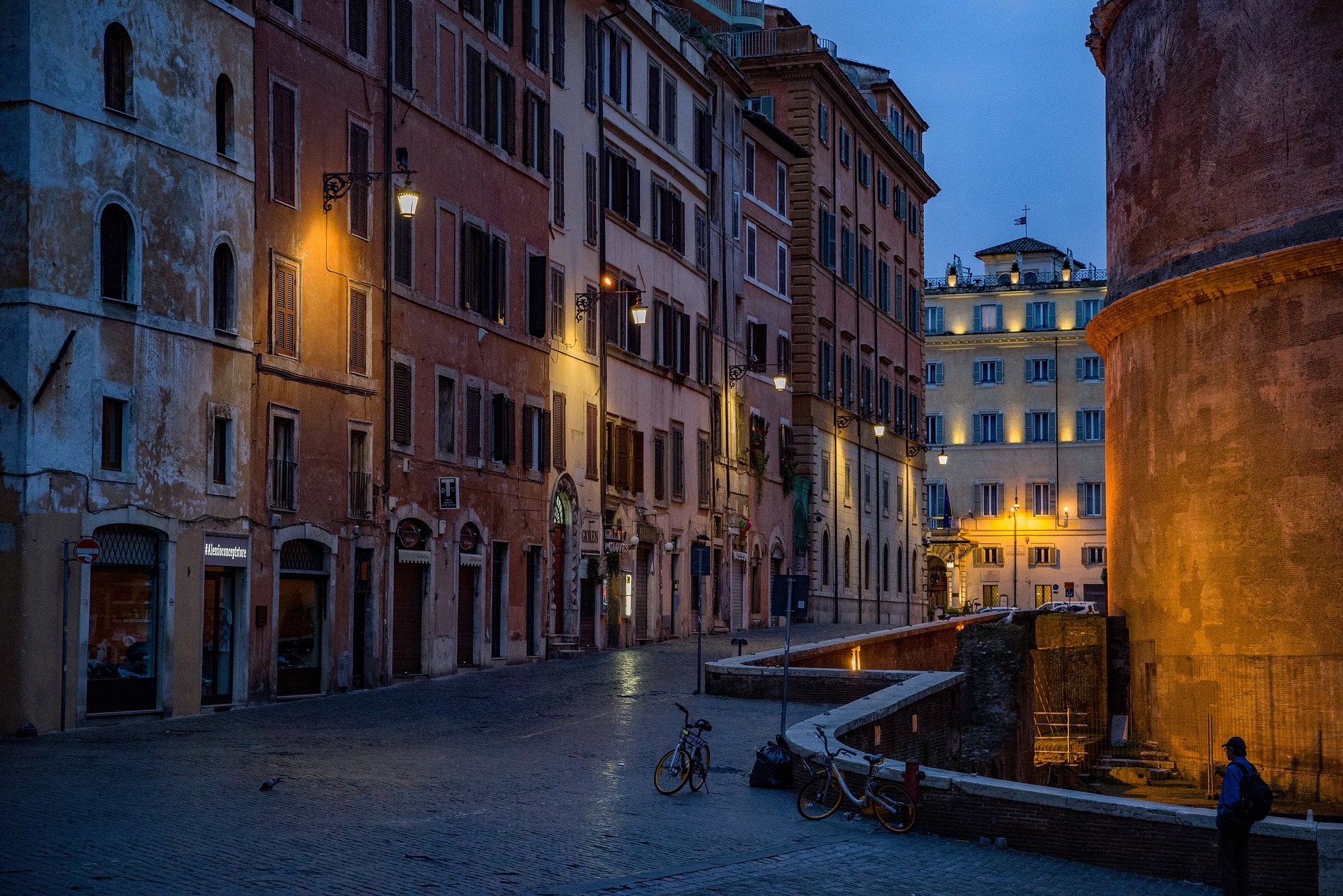


Rome, the eternal city, stands as the iconic capital of the once-mighty Roman Empire. The historical significance, architectural marvels, and cultural legacy make it a symbol of eternity and power in the annals of human history.
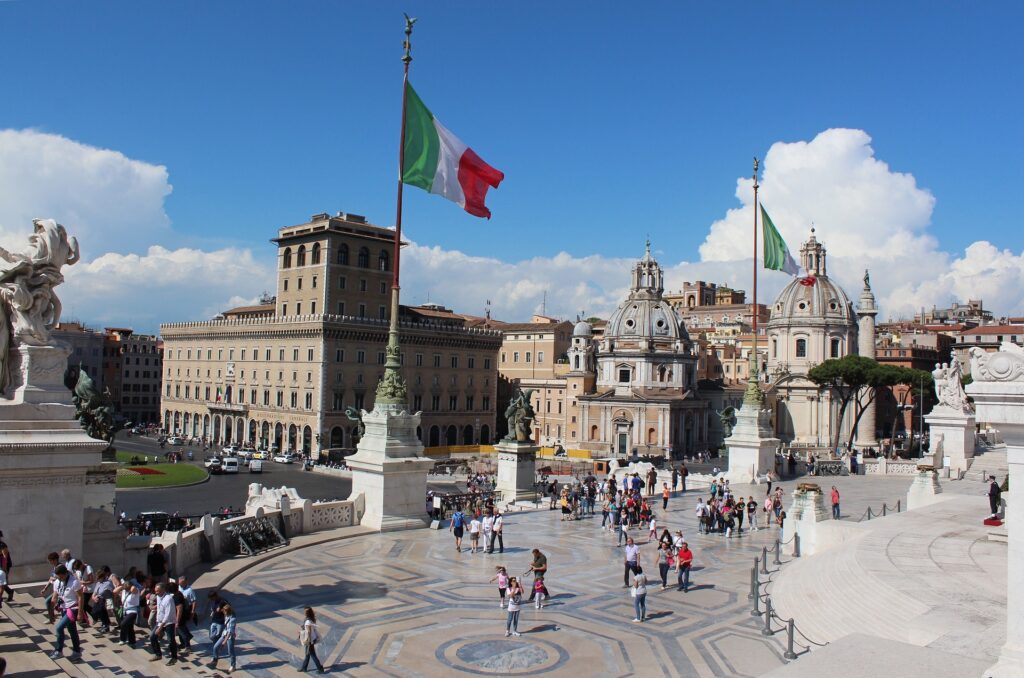
Founded according to legend in 753 BCE, Rome evolved from a modest settlement on the banks of the Tiber River into the epicenter of one of the greatest empires the world has ever known. The Romans, known for their military prowess, administrative genius, and engineering acumen, transformed Rome into the beating heart of a vast realm that stretched from the British Isles to the deserts of North Africa, and from the Iberian Peninsula to the Middle East.
The city’s strategic location played a pivotal role in its ascendancy. Situated on the Italian Peninsula, Rome became a hub of trade, culture, and political power. The Roman Forum, a bustling marketplace surrounded by temples and government buildings, emerged as the civic and religious center of the city. As time goes by, Rome’s skyline was punctuated by monumental structures such as the Colosseum, the Pantheon, and the Circus Maximus, reflecting the grandiosity of Roman architecture.
As the Roman Republic transitioned into the Roman Empire in 27 BCE with the rise of Augustus Caesar, Rome’s influence reached unprecedented heights. The Pax Romana, a period of relative peace and stability, fostered economic prosperity and cultural flourishing. The city became a melting pot of diverse influences, absorbing the art, philosophy, and traditions of conquered lands.
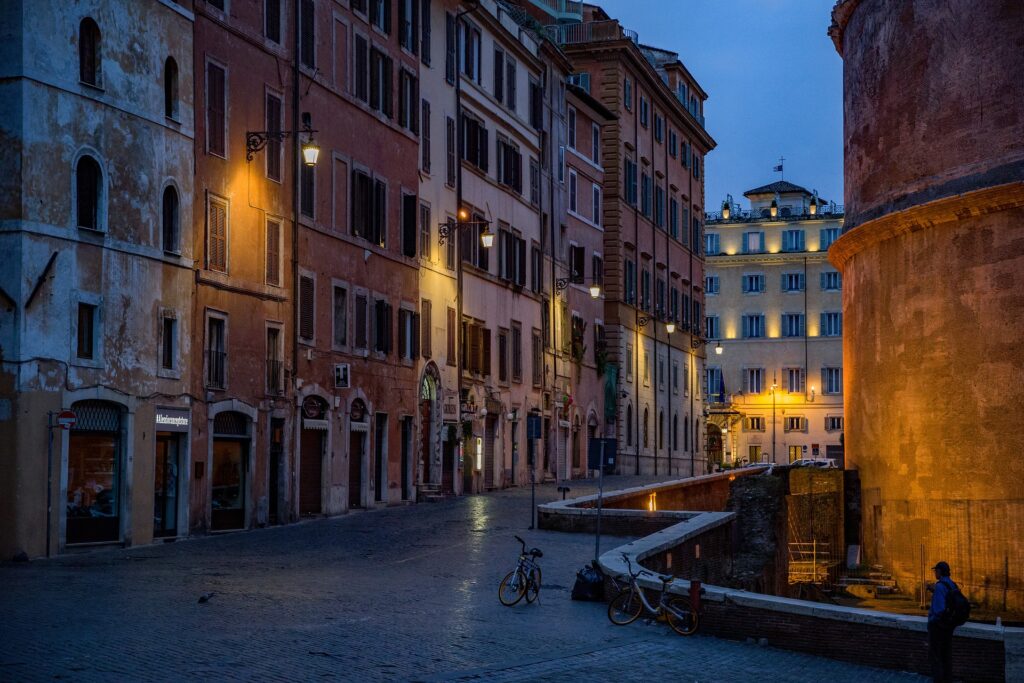
As the Roman Republic transitioned into the Roman Empire in 27 BCE with the rise of Augustus Caesar, Rome’s influence reached unprecedented heights. The Pax Romana, a period of relative peace and stability, fostered economic prosperity and cultural flourishing. The city became a melting pot of diverse influences, absorbing the art, philosophy, and traditions of conquered lands.
Rome’s governance system, characterized by a delicate balance of power between emperors, senators, and the people, laid the foundation for Western political thought. Moreover, the principles of Roman law, embodied in works like the Corpus Juris Civilis, have left an enduring impact on legal systems around the world.
However, the grandeur of Rome was not limited to politics and architecture. The city was a crucible of intellectual pursuits, with luminaries like Cicero, Virgil, and Seneca contributing to literature, philosophy, and rhetoric. Roman engineering marvels, such as the aqueducts and roads, showcased the empire’s commitment to innovation and infrastructure.
Rome’s decline began in the 3rd century CE, marked by economic challenges, internal strife, and external invasions. The fall of the Western Roman Empire in 476 CE did not extinguish Rome’s influence. Instead, it transformed the city into a symbol of continuity, with the Eastern Roman Empire, known as the Byzantine Empire, preserving aspects of Roman culture for centuries.
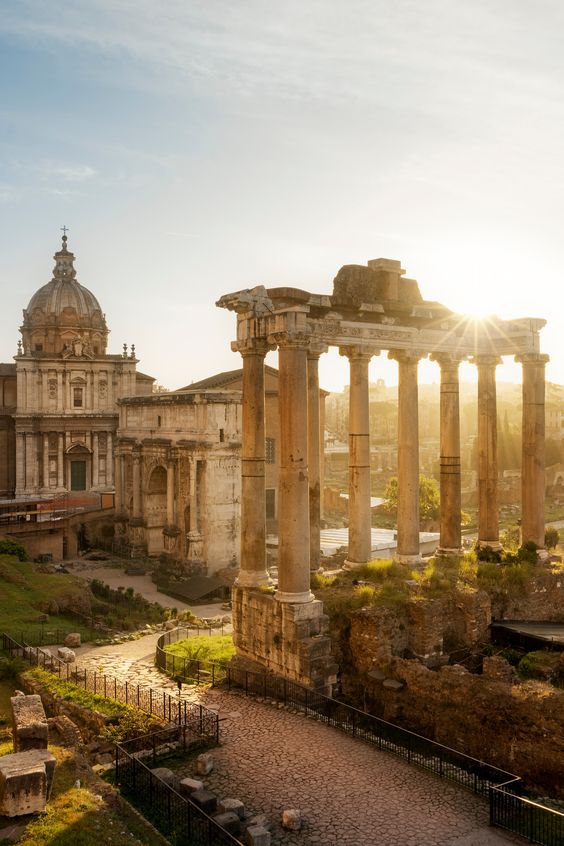
In the modern era, Rome remains a living museum, where ancient ruins stand side by side with vibrant neighborhoods. The Vatican City, an independent city-state within Rome, serves as the spiritual center of the Catholic Church. Also, the allure of the Colosseum, the majesty of the Roman Forum, and the timeless elegance of the Trevi Fountain draw millions of visitors each year.

1 Santa Clara, California, in Silicon Valley, offers a mix of tech and nature. From big companies to parks, it’s got something for everyone. Whether you’re into thrilling rides or tasty food, Santa Clara has it all. Join us as we explore this lively city, where fun and innovation collide! Le’t see some places. California’s…
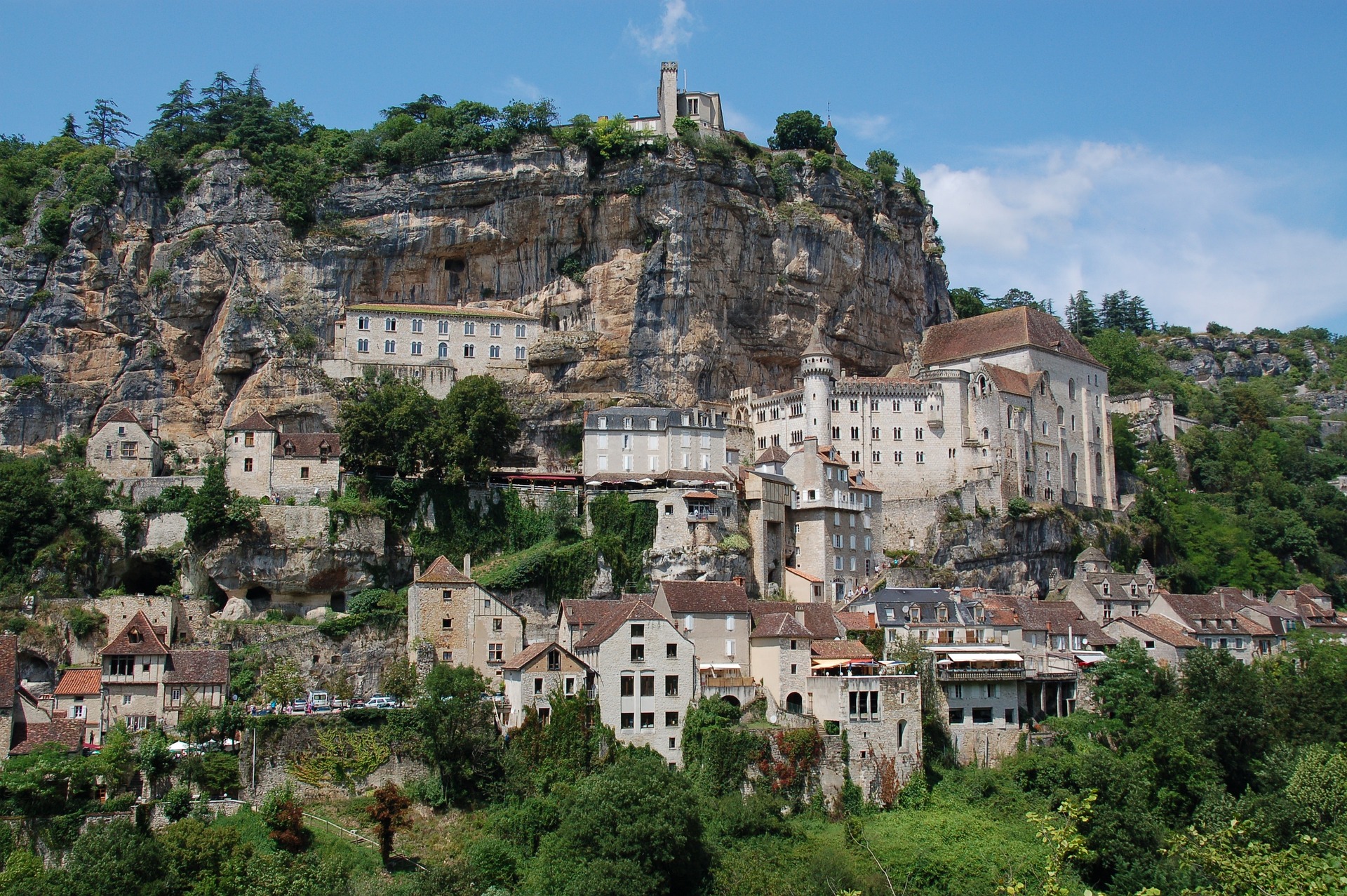
1 Nestled in the picturesque Occitanie region of France lies Rocamadour, a medieval village famed for its timeless beauty and rich history. Perched atop a cliff overlooking the scenic Alzou River gorge, Rocamadour is admired by visitors from around the world. Also, Its cobblestone streets wind through ancient buildings, each whispering tales of centuries past….
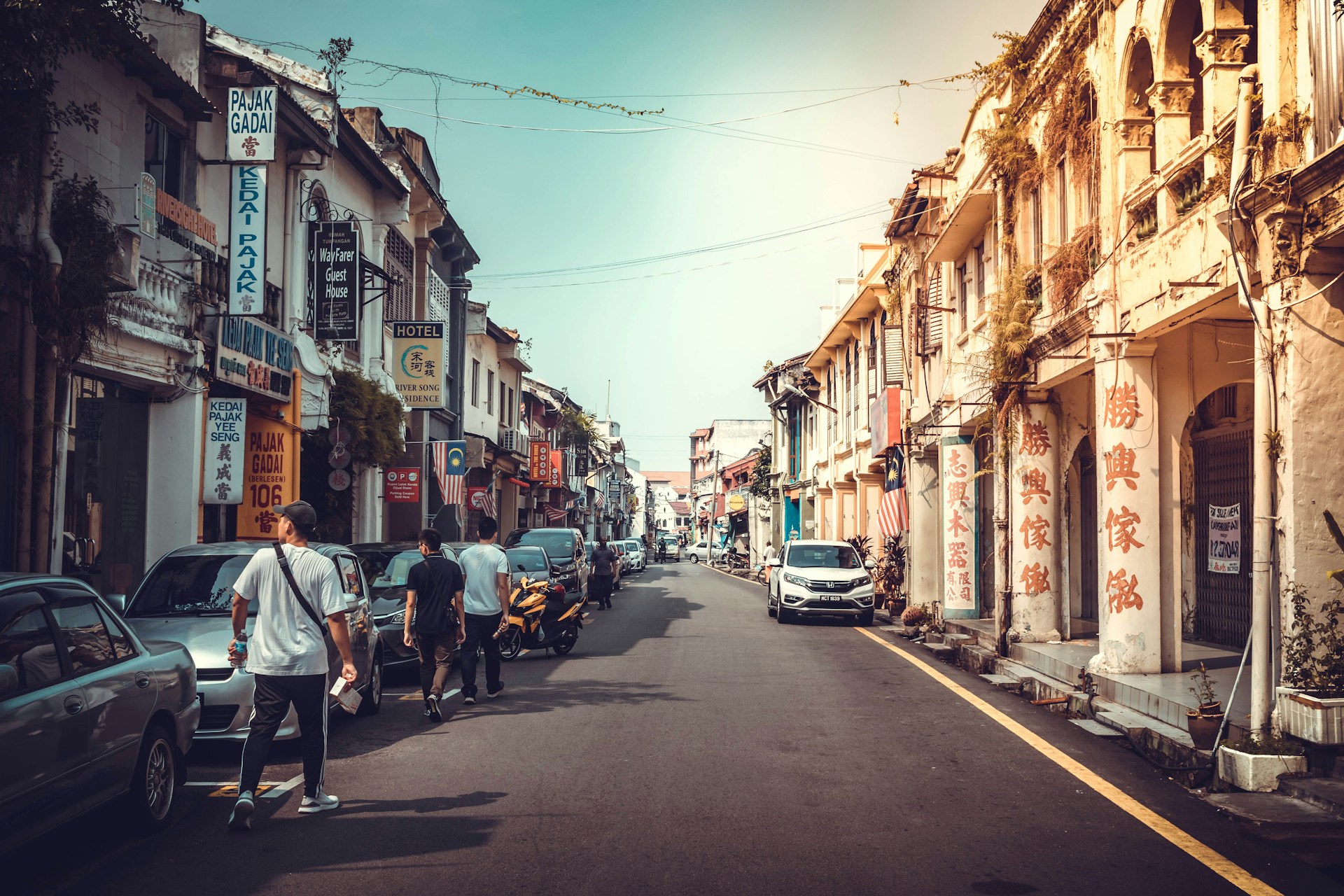
2 Introduction Melaka, a city steeped in history and culture, has rich heritage that captivates travellers from around the globe. Nestled on the west coast of Malaysia, this beautiful destination offers a plethora of attractions that prove its diverse past and vibrant present. Join us as we uncover the top five must-visit sites in Melaka….
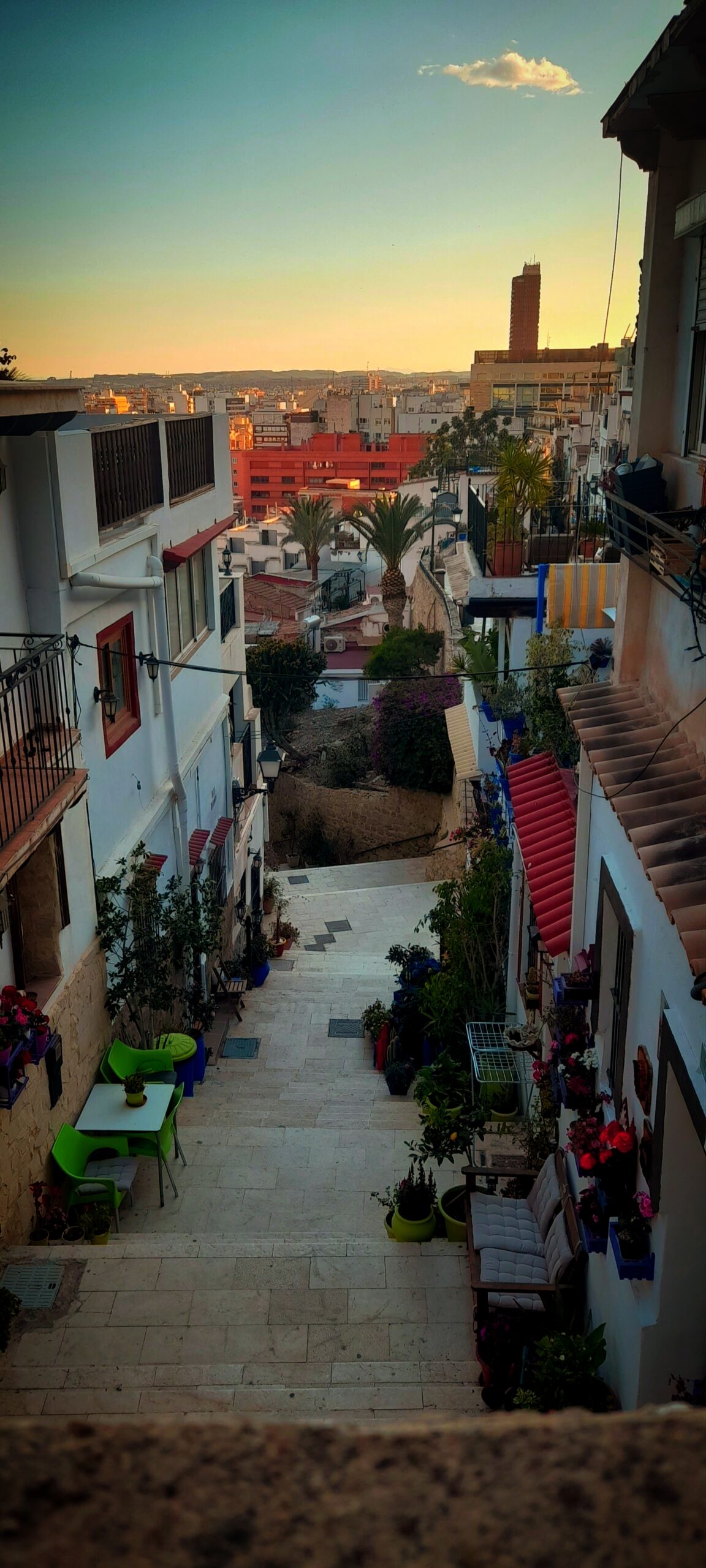
1 Welcome to Alicante, a captivating coastal city nestled on Spain’s Mediterranean coast. Renowned for its rich history, stunning beaches, and vibrant culture, Alicante offers visitors an unforgettable experience. With its charming old town, picturesque harbor, and ancient fortresses, this city is a treasure trove waiting to be explored. Whether you’re seeking relaxation on sun-drenched…
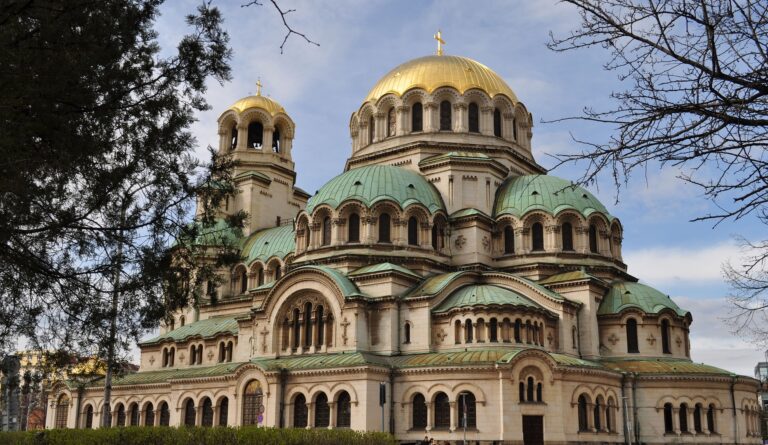
2 Embrace Sofia’s captivating narrative! By being Bulgaria’s capital, this city harmoniously blends history, culture, and modernity, offering a tapestry of unique experiences. Sofia’s rich past is vividly reflected in its architecture. Likewise, ancient landmarks and modern structures stand side by side. Yoy would like to marvel at the iconic Alexander Nevsky Cathedral, a symbol…
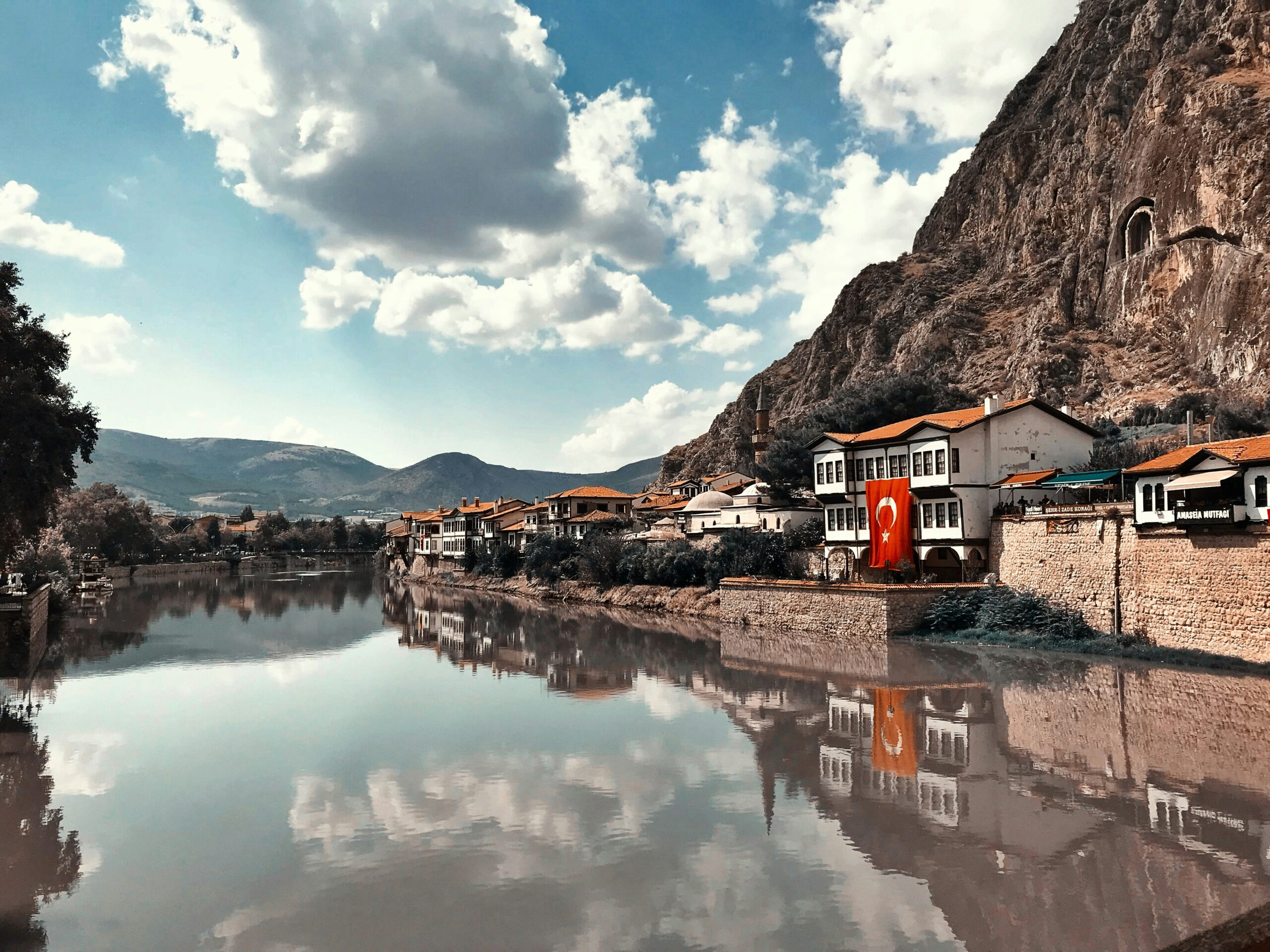
1 Introduction Turkey(Türkiye), nestled between Europe and Asia, is a treasure trove of breathtaking landscapes, ancient history, and vibrant culture. From bustling metropolises to serene natural wonders, Türkiye offers an array of destinations that cater to every traveler’s desires. Join us on a journey to discover the top 20 outstanding destinations in Türkiye, each with…